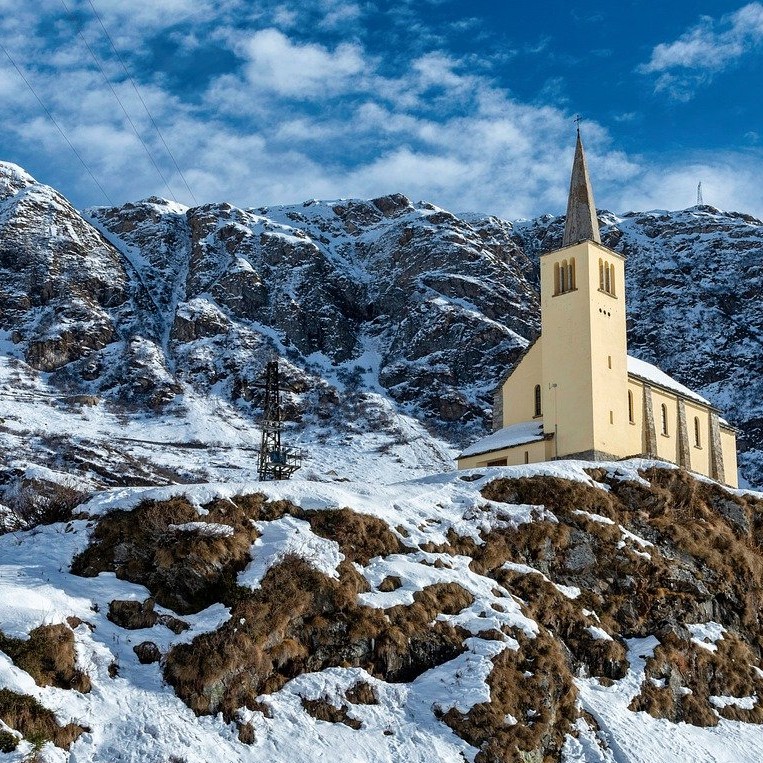Published:
This year's mild winter has significantly impacted Europe's ski resorts, where declining snow cover due to climate change is disrupting operations. A recent research paper in a leading environmental science journal revealed that without snowmaking, 53% of Europe’s ski resorts would be at very high risk for insufficient snow supply under a 2°C global warming scenario, which jumps to 98% at 4°C warming. Even with snowmaking covering 50% of their pistes, 27% would still be at high risk under a 2°C increase and 71% at 4°C. This highlights the profound threat climate change poses to the ski tourism industry, crucial for the economies of many of Europe's mountain regions.
In America, the story is similar. The climate continues to warm, making winters more unpredictable and shorter and posing a threat to ski resorts that rely on consistent snowfall. Climate change scenarios predict a significant reduction in days suitable for snowfall across top ski towns. For instance, Truckee, California, is projected to lose up to 80% of its sub-freezing days by the end of the century under a high emissions scenario. This represents a stark decline in the historical conditions necessary for natural snowfall, challenging the viability of ski resorts and their contribution to local economies. In turn, the economic repercussions are grave. For instance, in Tahoe, a bad snow season led to a 42% decrease in business for one local store, indicative of the broader financial impact on communities reliant on winter sports tourism. Protect Our Winters, a nonprofit organization, released a report indicating that in low snow years, the industry sees a decrease in economic value of $1 billion and a loss of 17,400 jobs compared to average snow years. This variability in snowfall, and therefore ski visits, underscores the vulnerability of the snow sports industry to climate fluctuations.
Deepening the discussion on the impacts of mild winters, experts consider the broader environmental and ecological consequences beyond the economic downturns. The scarcity of snow not only disrupts winter sports, but also affects water resources critical for drinking, agriculture, and natural ecosystems. Regions accustomed to snowfall rely on the gradual melt to replenish rivers and reservoirs, a cycle increasingly threatened by climate change. To adapt to these changes, some ski resorts and communities are exploring innovative measures. Beyond enhancing snowmaking capabilities, there's a shift towards diversifying winter tourism offerings. Alternative activities such as winter hiking and cultural events are being promoted to attract tourists and sustain local economies year-round, demonstrating a proactive approach to the challenges posed by changing winter landscapes.
The call for comprehensive climate action is only growing. Mitigating the effects of climate change and securing a sustainable future for winter sports and local economies requires global efforts to reduce greenhouse gas emissions and invest in renewable energy. The ski industry, alongside communities and policymakers, is pivotal in advocating for and adopting sustainable practices that safeguard our winters for future generations.
The cultural significance of winter sports extends beyond mere recreation, embodying traditions and community bonds that have developed over generations. The potential loss of these traditions due to climate change not only threatens local economies but also erodes cultural heritage, emphasizing the need for sustainable solutions. In terms of environmental initiatives, many ski resorts are now prioritizing sustainability by adopting renewable energy sources, improving energy efficiency, and engaging in conservation efforts. These actions reflect a growing recognition within the industry of the need to operate in an environmentally responsible manner to ensure long-term sustainability. Education and awareness play a pivotal role in driving climate action. Organizations like Protect Our Winters leverage the influence of athletes and public figures to mobilize communities and policymakers toward reducing carbon footprints and advocating for climate policies. Their work highlights the importance of collective action in addressing the challenges posed by climate change.
File under






